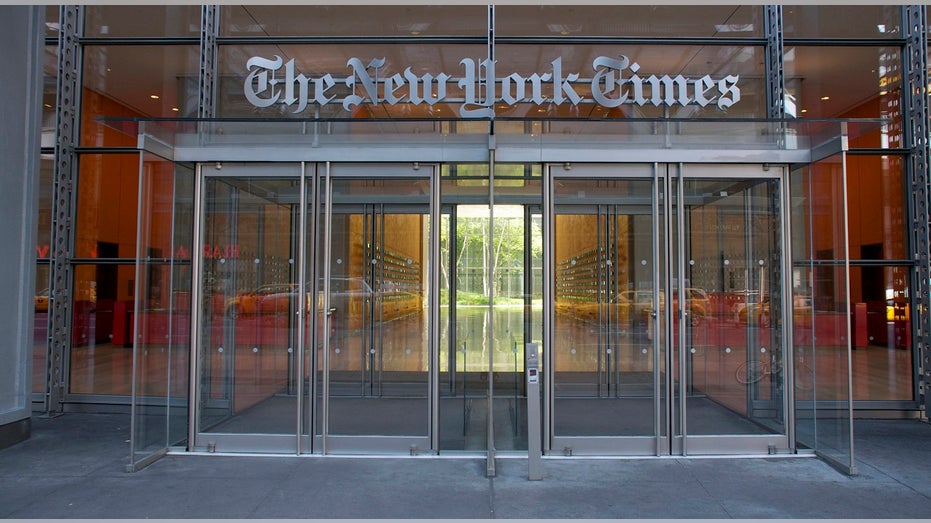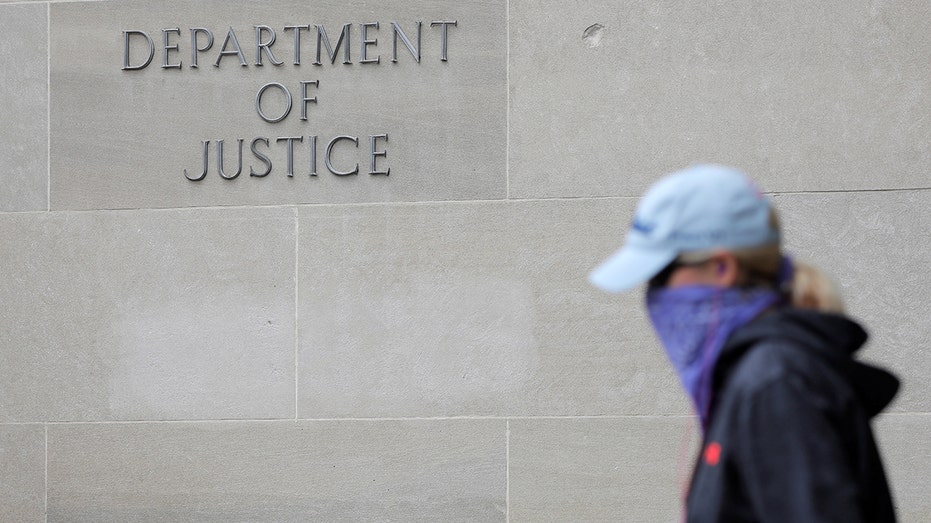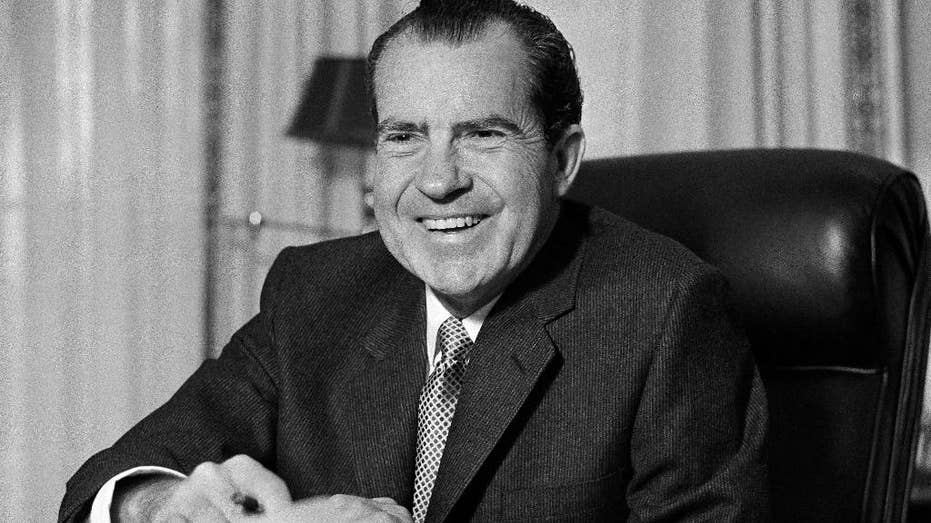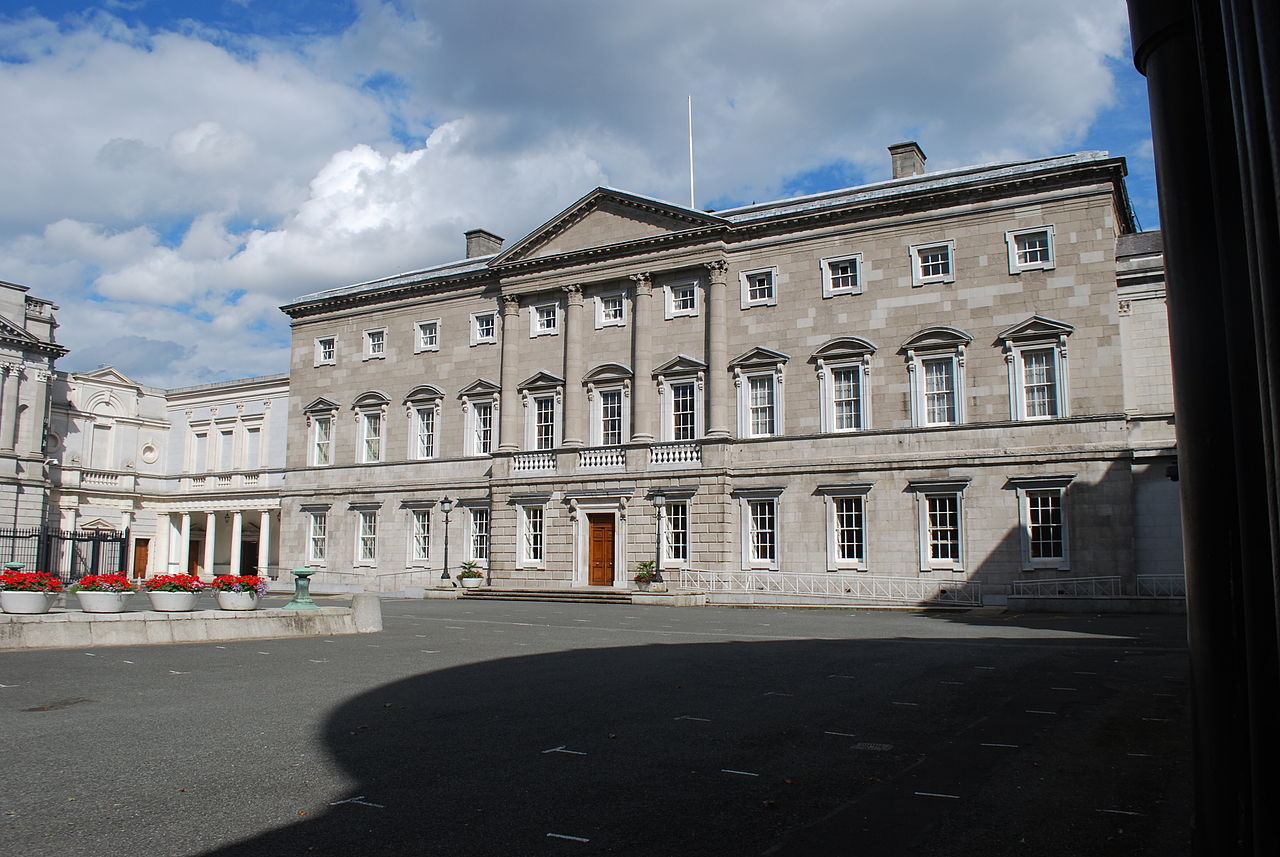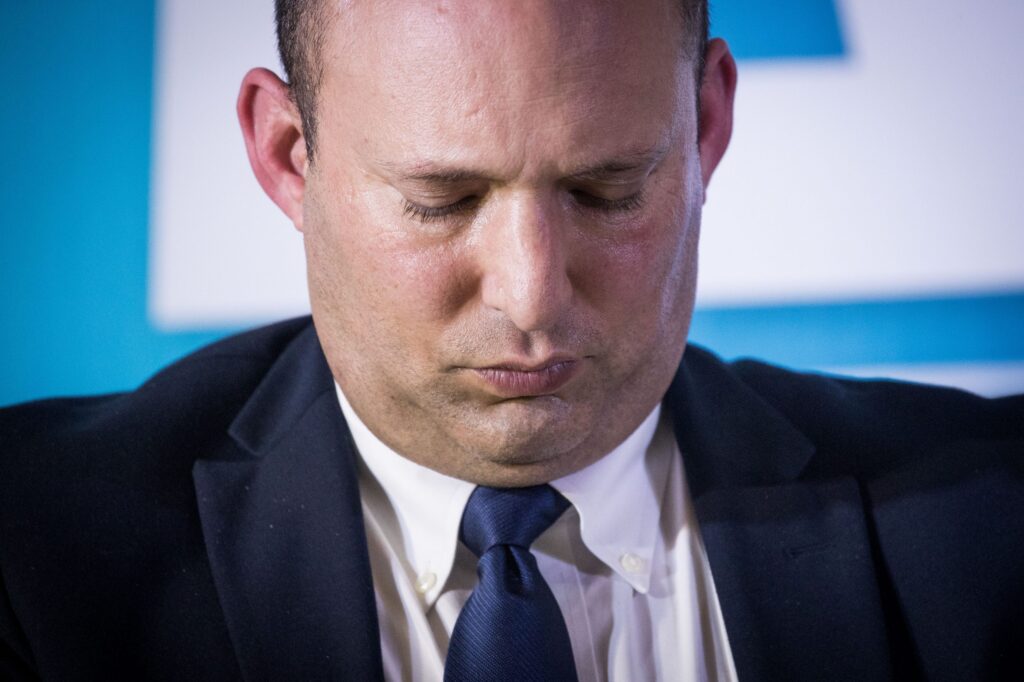by William Kilpatrick
The Great Replacement and the Great Distraction.

What’s the biggest issue in the next French Presidential election? The economy? Climate change? Education?
All of the above are on the minds of French voters, but what’s
shaping up to be the main issue is what Eric Zemmour calls the “great
replacement.” Zemmour, a journalist, television personality, and author
of a best-selling book (The French Suicide) is one of
the leading presidential contenders. “The great replacement” refers to
the belief that European elites wish to replace what remains of
Western-Christian civilization with a different civilization built on
different values.
Not to put too fine a point on it, the replacement culture is
Islam. And the replacement is being accomplished by a combination of
high Muslim birth rates and the importation of millions of people from
Muslim countries. According to a recent Harris poll, about 67 % of
French people agree with Zemmour that a “great replacement” is
underway. There are approximately 750 “no-go-zones” in France which are
largely controlled by Muslims. The population of Lyon, the
third-largest city in France is over 30 % Muslim, while Marseille,
France’s second-largest city, is 40 % Muslim. Projections of current
population trends suggest that France will be a predominantly Muslim
country by 2050.
It seems as though a “great replacement” may well be underway. Yet
the European elites whom Zemmour and others criticize, are responding in
the same knee-jerk fashion they have always employed when their
hegemony is threatened.
Take Cardinal Jean-Claude Hollerich of Luxembourg. He’s the head of
the Commission of Bishops Conference of the European Union (COMECE).
Cardinal Hollerich recently criticized some European Union officials for wanting to remove the word “Christmas” from the Christmas season (which would henceforth be known as “winter break”).
That seems the proper attitude for a Cardinal to take—until you
discover his rationale. He worries that the name changes might push
European Catholics “into the trap of the populist politicians who use
the name of Christianity to justify their very nearly anti-Christian…
attitudes.”
To understand the Cardinal’s full meaning, you need to understand
that among Europe’s liberal and leftist elites, “populism” is a code
word for “Nazism.” Hitler and Mussolini were populist leaders, so if
you vote for a populist candidate, you’ll soon have brownshirts marching
in the streets. Or so goes the simple-minded reasoning of people like
Cardinal Hollerich. Unfortunately, his narrow line of logic is not
confined to COMECE (which has been pushing it ever since its inception);
it has been the common wisdom among Europe’s bien pensants ever since the end of World War II.
For liberals, populism must be avoided at all costs. And so must
nationalism, because Hitler and Mussolini were also nationalists. They
never ceased talking about returning their respective nations to their
former glory. The path of nationalism, said Cardinal Hollerich in an interview with Crux, would put us “back in 1914 and 1939.” In other words, the nationalists would return us to the days of World War I and World War II.
And who are the present-day populist-nationalists? Well, Victor
Orban in Hungary comes to mind along with other Eastern European
leaders. But quite obviously, the populist man-of-the-hour is Eric
Zemmour. In response to the interviewer’s question about going back to
the nationalistic past, Cardinal Hollerich replied, “the big challenge
will be the presidential election in France.”
And what is the big issue in the French presidential election?
Interviewer: “A lot of those who would vote for the nationalist
parties, would argue that the identity of Europe is at risk because of
migration. Would you agree with that?”
Cdl. Hollerich: “I do not think so, because if you look at the
number of migrants, the percentage they make and our numbers, then we
must be very weak and they are very strong if they are a threat to our
identity.”
Hollerich’s answer is quite revealing. Above all, it reveals his
naiveté. He dismisses the threat to “our identity” from Muslims because
their numbers are small compared to native Europeans. Considering the
population advantage enjoyed by the heirs of the Western-Christian
tradition, says Hollerich, “We must be very weak” if the newcomers are
“a threat to our identity.”
But that’s precisely the point that Zemmour and others are making.
The strength of the Muslims in Europe is not a myth; it’s a reality.
The truth is, “they” are strong, and “we” are weak.
In a contest of wills, it’s not the size of the two contesting
populations that counts, but strength of resolve. And, by-and-large,
the French (along with other Europeans) seems to have lost the will to
resist.
Lack of resolve is really the whole point of Michel Houellebecq’s best-selling novel, Submission.
The protagonist submits to Islam because nothing seems to him worth
fighting for. The things that are important to him are not so important
that he is willing to take a stand for them.
Cardinal Hollerich’s belief that Islam is not a threat to European
identity misses a crucial point. European identity is already
shattered—and the fault lies not with Muslims, but with Europeans
themselves. What’s at stake now is not Europe’s identity, but its
existence. Zemmour’s book is entitled The French suicide with
good reason. His campaign, he says, is about whether France lives or
dies. English journalist Douglas Murray expresses similar sentiments in
The Death of Europe—another best-seller. Meanwhile, Thilo Sarrazin’s, Germany Abolishes Itself, topped the best-seller list for 21 weeks in that country when it was published.
A common theme of all these books is that Europe’s existence is
threatened because, to a large extent, Europe has already lost its
identity. One could, of course, argue that Europeans have an identity of
sorts-- a blend of secular relativism, materialism, technology, and
entertainment. These passing values may provide some sort of identity,
but not a very solid one. While transcendent values may be worth
fighting for, few are inclined to risk their lives for transient values.
Ironically, for most of its history the center-point of European
identity was the faith that Cardinal Hollerich now represents. But he
doesn’t represent it very well if he won’t acknowledge the simple fact
that Christianity in Europe is in a weakened state: it is in decline,
while Islam is on the rise.
His nonchalance about the relative strength of Christians and
Muslims is all the more puzzling in light of the numerous attacks
against European Christians by Muslims in recent years. Just last week
in the town of Nanterre west of Paris, a dozen young Muslims harassed an outdoor procession
on the feast of the Immaculate Conception. Several of the parishioners
were pushed and shoved and spat upon, and death threats were issued.
In the last few years, thousands of Catholic Churches have been
desecrated in France alone, and many have been set on fire.
Similar attacks on Christian churches and churchgoers are now common
all over Europe. In addition, recent years have seen numerous deadly
attacks by Muslims against Europe’s famous Christmas markets.
Of course, Christians aren’t the only target. On a percentage
basis, Jews are more likely to be attacked by Muslims than are other
groups: Jews in synagogues, Jews in Kosher markets, Jewish children at
school, Jews walking down the street. When Muslims migrate to the
Continent, they tend to bring with them the anti-Semitic attitudes that
are endemic in Muslim countries.
And this brings us back to the elitist complaint about populist and
nationalist politicians. It is assumed that, like the Nazis, they also
are anti-Semites
The problem with this long-standing thesis, is that Eric Zemmour,
the current leader of the nationalist movement in France, is a Jew.
One might think that this inconvenient fact would prompt the
leftists and elitists to question their narrative. But for those on the
left, the narrative always trumps the facts. The theme of populist
anti-Semitism is actually part of a larger and more elaborate
narrative—one that has proven quite useful to Europeans on the left.
Let’s call it the “narrative of the new Jews.”
Jews are a small minority in Europe and their numbers have been
decreasing. Moreover, it’s difficult to make the case that they are
still suffering the kind of persecution they suffered at the hands of
the Nazis and Nazi collaborators. So, in order to make the narrative
more persuasive, it was given a tweak. This was done by replacing the
Jews with the Muslims. Henceforth, Muslims were to be thought of as the
“new Jews.” They would be the new victim class. Though basically
ridiculous, this new narrative did make some sense. By the beginning of
the 21st century, there were far more Muslims in Europe than
Jews. Muslims were still a minority, but they were a very visible
minority. It was also clear that many Europeans regarded the Muslims
with suspicion, fear, and resentment. What’s more, the Muslim leaders
had developed a narrative of their own which dovetailed with the “new
Jews” narrative. They complained incessantly that they were the victims
of “Islamophobia.” And the main proof of this “phobia” was European
resistance to Muslim immigration.
Whether that resistance was due to a phobia (an irrational fear) or
to a rational fear is a question for another time. But European fears
about Muslims did feed into both narratives—the “Islamophobia” narrative
and the “new Jews” narrative. Unsurprisingly, those who hewed to the
“new Jews” storyline were soon labeling immigration resisters as the
“new Nazis.” By this strange logic, Eric Zemmour, a Jew, can be
considered anti-Semitic because he resists the takeover of his country
by the “new Semites”—the Muslims.
But ironies abound. In order to accept the “new Jews” thesis, one
has to ignore a number of stark realities. For one thing, the “new
Jews” (the Muslims) are strikingly reminiscent of the old Nazis (the
original ones). They have a deep-seated animosity toward Jews and a long
history of persecuting them. Indeed, during World War II, one of the
most prominent Muslim leaders, Haj Amin al-Husseini, actively
collaborated with Hitler to develop a plan to exterminate the Jews. It
seems no coincidence that today the majority of hate crimes against Jews
in America and Europe are committed by Muslims. Translated into
woke-spoke, that means that the chief enemy of the old Jews (i.e., Jews)
are the new Jews. Meanwhile the main resistance to the “new Jews” comes
from the “new Nazis” (who resemble the leaders of the resistance
movement against the real Nazis during the war).
If you can iron-out all these ironies, you deserve a gold medal, but
there is one more irony to consider. Perhaps the biggest irony of all
is that this Kabuki drama about keeping Nazis from coming to power
again, is being played out against a backdrop of an actual resurgence of
a clear and present danger--communism.
Nazism was almost totally discredited after the total defeat of
Hitler’s armies. The only places where Hitler is still honored and Mein Kampf is still studied are in Muslim countries. By contrast, communism which was responsible for far more deaths in the 20th
century than Nazism, was never thoroughly defeated or discredited.
Judging by a plethora of Hollywood movies, Nazis or neo-Nazis are always
just a step away from world conquest. But in the real world—Islamists
excepted—fans of Nazism control absolutely nothing. On the other hand,
communists control some of the largest and most powerful countries on
the planet, and many smaller nations besides. In addition, they are
close to controlling many of the West’s key institutions—schools,
universities, the media, political parties, deep-state bureaucracies,
and, of course, Hollywood (where they continue to churn out movies about
the Nazi threat).
In Europe, the ruse of a Nazi resurgence has been fairly successful.
It has often convinced voters to vote left-liberal-- just in case. More
importantly, it has worked to distract Europeans from another and far
more real danger. In America, a similar diversionary tactic has long
been a part of national politics. For a number of reasons, however,
Americans were more resistant than Europeans to the Nazi scare tactic.
But leftists don’t give up. In recent years, their campaign of
diversion in America has escalated. Of course, they seldom speak of
Nazis. Instead, they tell us we are in great danger from “nationalists,”
“white supremacists,” and “domestic terrorists.” By the same token, the
leftists assure us that we have no enemy on the left.
At a time when there is growing danger on the left, it’s time for
both Americans and Europeans to stop falling for the old ruse.
William Kilpatrick is a Shillman Fellow at the David Horowitz Freedom Center. His books include Christianity, Islam, and Atheism: The Struggle for the Soul of the West (Ignatius Press), What Catholics Need to Know About Islam (Sophia Press), and The Politically Incorrect Guide to Jihad.
Source: https://www.frontpagemag.com/fpm/2021/12/communism-spreads-europeans-are-guard-against-william-kilpatrick/
Follow Middle East and Terrorism on Twitter


